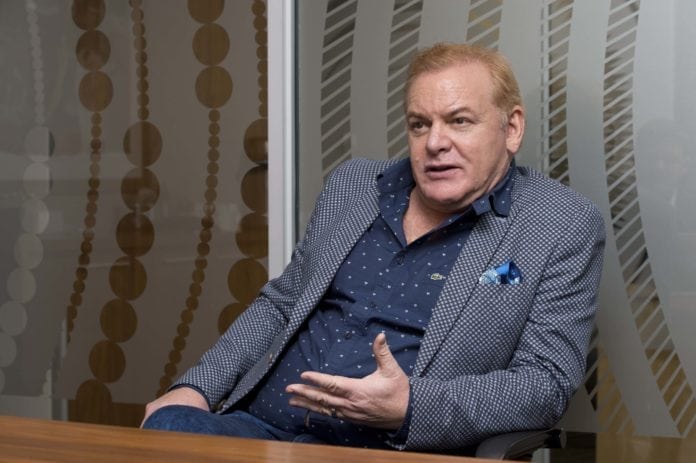
GOLD Fields CEO, Nick Holland, warned a misallocation of costs created the illusion that there was an increase in growth capital in the gold sector when, in fact, investment in new gold discoveries was not being made.
Speaking at the Paydirt 2019 African Downunder conference, Holland said 30% of the world’s gold reserves were still awaiting an investment decision. The likelihood is that gold supply would not be maintained at current levels.
He also warned that gold industry consolidation had simply ‘rebadged’ gold reserves without necessarily finding a pathway to its development.
Efforts to mask the extent of the difficulty of mining gold at lower grades and deeper levels, at increasing geological complexity, was behind the problem. All in sustaining costs (AISC) for the industry had been falling, but cash margins tell a different story.
In 2018, the reported AISC margin for the industry was $410/oz whereas the free cash flow margin was only $86/oz.
“We therefore have an emerging situation where the industry can potentially sustain production at current levels for the next few years before entering a period of secular decline in the longer term,” said Holland.
The World Gold Council’s estimated there would be an incentive price of $1,500/oz in order to maintain global production at current levels. The average reserve life of the industry has decreased from more than 25 years to less than 15 years in seven years.
This has coincided with forecasts of a fall in average grades from current levels of seven grams per ton to 1.25g/t by 2025 and a forced increase in total throughput volumes from four million tons a year (Mt/y) to approximately 5.5Mt.y. “It questions whether the gold industry is telling its full cost story,” said Holland.








